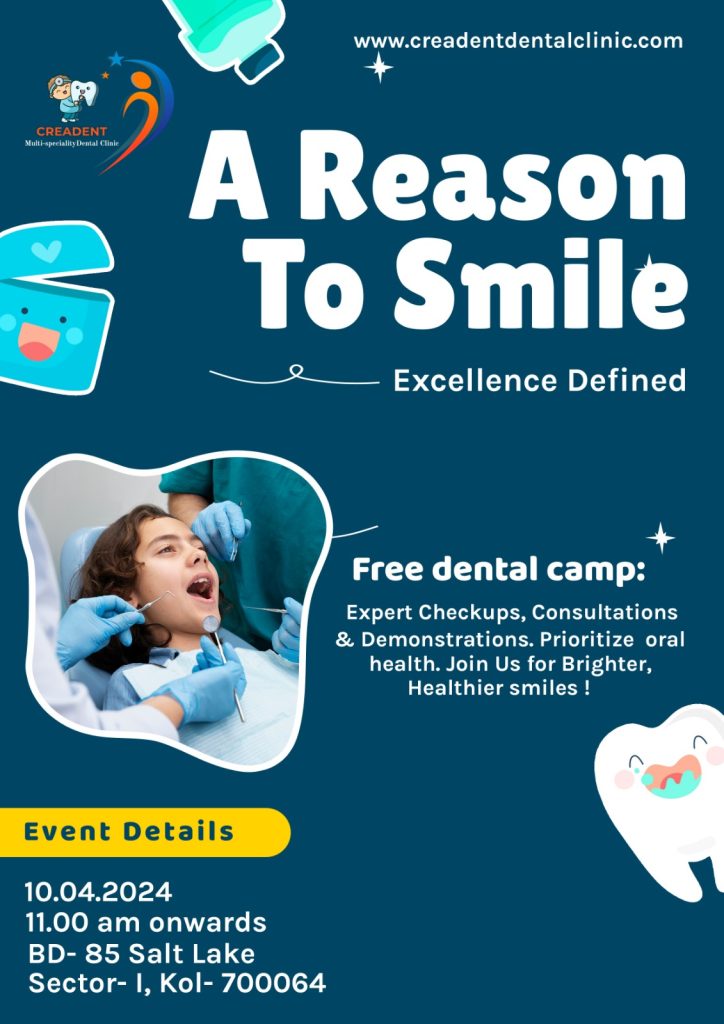
Types of Tooth Extractions
Tooth extraction is a dental procedure that involves the removal of a tooth from its socket in the bone. There are primarily two types of tooth extractions: simple and surgical.
Simple Extractions: These are performed on teeth that are visible in the mouth. Generally used when a tooth has suffered damage or decay, a simple extraction involves loosening the tooth with an instrument called an elevator, then removing it with dental forceps. This procedure is typically quick and requires only a local anesthetic.
Surgical Extractions: This type is more complex and is used when a tooth may have broken off at the gum line or has not erupted in the mouth (like wisdom teeth). Surgical extractions require a small incision into the gum to access the tooth. In some cases, the tooth may need to be broken into pieces for easier removal. This procedure might require local anesthesia and, in some cases, sedation or general anesthesia.
Both procedures are common and carry low risk, especially when performed by experienced dentists like those at Creadent Multispeciality Dental Clinic. Post-procedure care is crucial for both types of extractions to ensure proper healing and to prevent complications such as infection.
Please fill the form below or call us with your queries. We will communicate back at the earliest.
Do You Have a Query?

Reasons for Tooth Extractions
There are several reasons why tooth extraction might be necessary:
Severe Decay or Infection: When a tooth is severely decayed or infected, and cannot be saved by a root canal or other treatments, extraction may be the best option to prevent the spread of infection.
Periodontal Disease: Advanced gum disease can lead to the loosening of teeth. In such cases, extraction might be necessary to prevent further oral health complications.
Orthodontic Treatment: Sometimes, teeth are removed to create space in the mouth before starting orthodontic treatment like braces, especially in cases of overcrowding.
Impacted Wisdom Teeth: These are common in adults, where the third molars become trapped in the jawbone or gums. This can lead to pain, swelling, and infection, necessitating their removal.
Risk of Infection: In some cases, like chemotherapy or organ transplant patients, even the risk of infection in a particular tooth may warrant its extraction as a preventive measure.
Creadent’s experienced dental professionals can assess and recommend extractions based on individual patient needs, ensuring that the procedure is only advised when absolutely necessary and beneficial for the patient’s overall dental health.
or
Post-Extraction Care and Recovery
The recovery period after a tooth extraction is crucial for healing and preventing complications. Creadent Multispeciality Dental Clinic provides detailed aftercare instructions to ensure a smooth recovery. Key aspects include:
Blood Clot Formation: After extraction, a blood clot forms in the socket. It’s vital to protect this clot as it aids in healing. Patients are advised to avoid activities like smoking, vigorous rinsing, or drinking through a straw for the first 24 hours to prevent dislodging the clot.
Pain Management: Some discomfort is normal after an extraction. Dentists may recommend over-the-counter pain relievers or prescribe medication. Applying ice to the affected area can also reduce swelling.
Eating Habits: Soft foods are recommended initially, gradually returning to a normal diet as healing progresses. Avoiding hard, chewy, or hot foods can prevent irritation or injury to the extraction site.
Oral Hygiene: Gentle cleaning of the mouth is essential. While the extraction site should be avoided initially, regular brushing and flossing can continue, with extra care taken not to disturb the healing area.
Follow-up Appointments: Follow-up visits to Creadent are important to monitor the healing process and to address any concerns promptly.
Each patient’s recovery experience may vary, and Creadent’s team provides personalized guidance tailored to individual post-extraction needs and circumstances.
or


